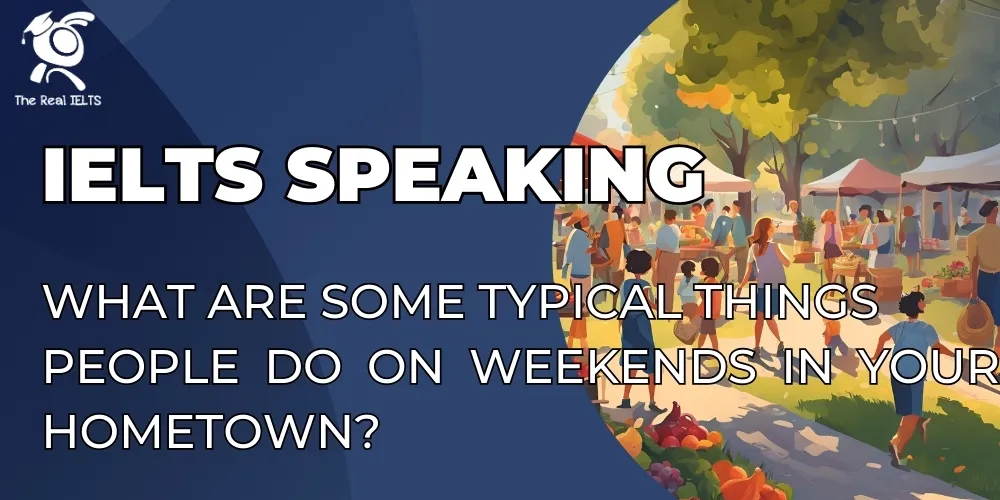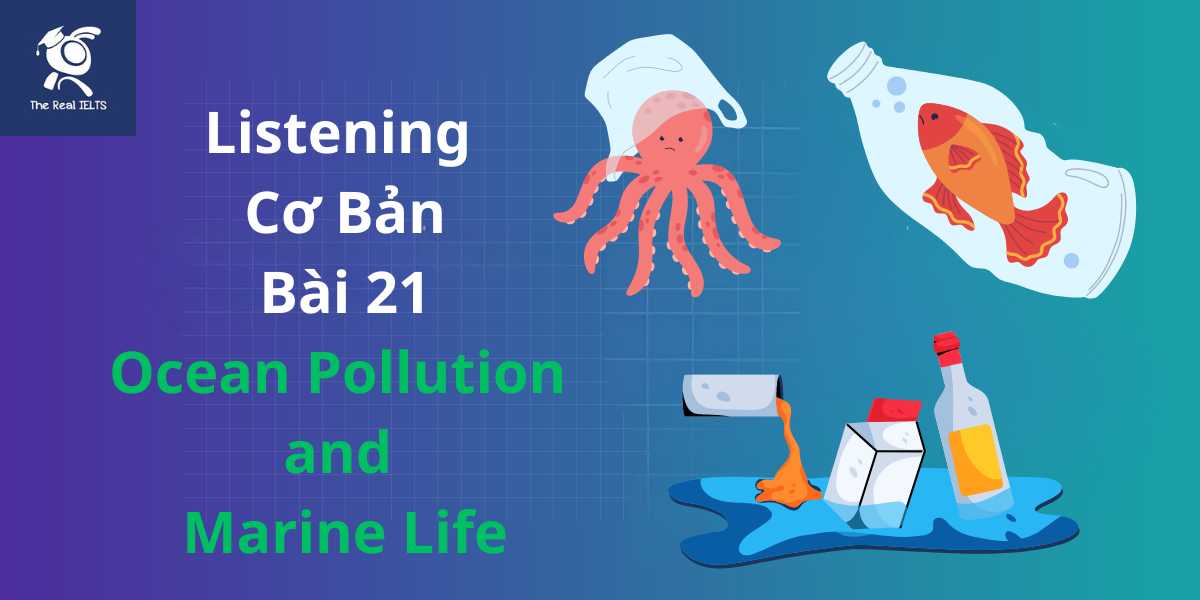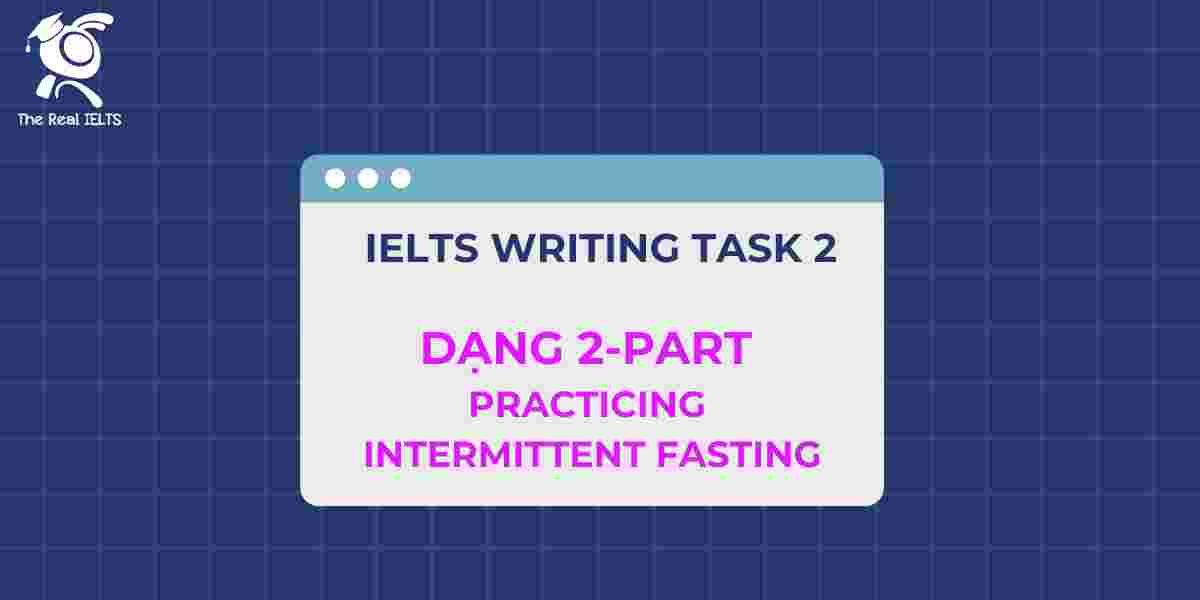Để đạt thành công trong kỳ thi IELTS, kỹ năng đọc hiểu đòi hỏi sự chuẩn bị kỹ lưỡng và chiến lược bài bản. IELTS Reading thử thách thí sinh qua các văn bản học thuật phức tạp, yêu cầu khả năng phân tích nhanh, nắm bắt ý chính và xử lý từ vựng chuyên sâu trong thời gian giới hạn. Người học từ band 5 đến 8+ cần rèn kỹ thuật skimming, scanning và quản lý thời gian hiệu quả để tối ưu hóa điểm số.
Đọc thêm: IELTS ACADEMIC READING TEST 7 – BAND 7.0+
PASSAGE 1: THE RISE OF ELECTRIC VEHICLES
You should spend about 20 minutes on Questions 1–14, which are based on the reading passage below.
Electric vehicles (EVs) are rapidly transforming the global automotive industry. With growing concerns about climate change and air pollution, many countries are shifting toward low-emission transport.
While the concept of electric cars is not new—the first EVs appeared in the 19th century—it was not until the 21st century that advances in battery technology, government incentives, and environmental awareness sparked widespread interest. Companies like Tesla, Nissan, and BYD have played a leading role in making EVs more accessible and efficient.
One major challenge for EV adoption is range anxiety—the fear that a vehicle will run out of power before reaching a charging station. However, improvements in lithium-ion battery density and the expansion of charging infrastructure have significantly mitigated this issue.
Environmental impact is another consideration. While EVs produce zero emissions at the tailpipe, their production—especially the mining of lithium, cobalt, and rare earth metals—raises sustainability concerns. Nevertheless, multiple studies show that over a vehicle’s lifetime, EVs still produce fewer total greenhouse gas emissions than traditional internal combustion engine (ICE) cars.
Governments around the world are responding by introducing subsidies, tax breaks, and bans on future sales of petrol and diesel vehicles. These policies, along with falling battery prices, are pushing the EV market toward mass adoption.
Experts predict that by 2030, EVs could comprise a significant share of all new vehicle sales globally. However, success depends on continued technological innovation, infrastructure investment, and public acceptance.
QUESTIONS 1–14
Choose the correct answer A, B, C, or D.
1. What has driven recent interest in EVs?
A. Rising oil prices only
B. Car brand advertising
C. Environmental concerns and battery tech
D. Lack of public transport
2. When did the first electric cars appear?
A. 21st century
B. 19th century
C. 1950s
D. After Tesla was founded
3. What does “range anxiety” refer to?
A. Fear of driving too fast
B. Fear of low performance
C. Fear of battery running out before charging
D. Fear of traffic congestion
4. How has range anxiety been addressed?
A. Smaller vehicles
B. Hybrid systems
C. Better batteries and more charging stations
D. Solar-powered engines
5. What environmental issue is linked to EV production?
A. Oil spills
B. Mining materials like lithium and cobalt
C. Noise pollution
D. Plastic waste
6. Compared to ICE vehicles, EVs:
A. Emit more tailpipe gases
B. Pollute more over lifetime
C. Have higher fuel costs
D. Produce fewer total emissions
7. What role do governments play in promoting EVs?
A. Increasing parking fees
B. Creating advertising campaigns
C. Offering subsidies and tax incentives
D. Building petrol stations
8. What future action are many governments planning?
A. Subsidizing petrol cars
B. Banning electric cars
C. Banning fossil fuel vehicle sales
D. Reducing electric charging access
9. What is one factor lowering EV costs?
A. High oil prices
B. Battery price decline
C. Reduced production
D. Smaller engines
10. Which company is mentioned as a leader in EV development?
A. Ford
B. BMW
C. Tesla
D. Honda
11. Why are EVs considered “zero-emission” at tailpipe?
A. They use solar energy
B. They don’t have engines
C. They produce no exhaust gases while operating
D. They burn less oil
12. Why might some people still hesitate to buy EVs?
A. High resale value
B. Too much government involvement
C. Concerns about battery range and mining impact
D. Excess fuel costs
13. What does the future of EV adoption depend on?
A. Number of petrol stations
B. Tax increases
C. Innovation, infrastructure, and acceptance
D. Decrease in climate concern
14. The tone of the author is:
A. Emotional
B. Analytical and forward-looking
C. Humorous
D. Doubtful
PASSAGE 2: ANIMAL COMMUNICATION AND HUMAN LANGUAGE
You should spend about 20 minutes on Questions 15–28, which are based on the reading passage below.
Humans are not the only creatures that communicate. Many animals use sounds, gestures, and chemical signals to convey information. However, the complexity and flexibility of human language set it apart from animal communication systems.
Bees, for example, perform “waggle dances” to inform other bees about the direction and distance of food sources. Though effective, this behavior is instinctual and limited in scope. Similarly, vervet monkeys have distinct alarm calls for different predators, such as leopards, eagles, or snakes. These calls are meaningful but not combined in creative ways like human words are.
Attempts to teach sign language to apes, like the famous chimpanzee Washoe or the bonobo Kanzi, have produced intriguing results. These apes have demonstrated the ability to use symbols and understand basic syntax. However, their language use lacks grammar complexity, abstract reasoning, and generative structure.
Linguist Charles Hockett proposed a set of design features that define language, including displacement (the ability to talk about things not present) and productivity (creating new sentences). While some animals exhibit aspects of these features, no known species displays all.
One key difference is the cultural transmission of language. Human children acquire language through interaction, not through genetic coding alone. Although some birds and whales also learn songs from others, these systems do not evolve into full grammatical languages.
The study of animal communication provides insight into the evolutionary roots of language and helps scientists explore what makes humans unique in their capacity for complex thought and expression.
QUESTIONS 15–28
Choose the correct answer A, B, C, or D.
15. How is human language described compared to animal communication?
A. Less efficient
B. More instinctual
C. More complex and flexible
D. Physically harder to produce
16. What do bees use to communicate food location?
A. Chemical trails
B. Wing flapping
C. Vocal signals
D. Waggle dances
17. What limits bee communication?
A. It’s silent
B. It lacks instinct
C. It’s narrow in scope and not flexible
D. It only works indoors
18. What is special about vervet monkey calls?
A. They’re learned through training
B. They name individual monkeys
C. They warn about specific predators
D. They imitate human speech
19. What is a limitation of monkey calls?
A. They are too quiet
B. They lack emotional content
C. They cannot be combined creatively
D. They only work in the dark
20. What have apes like Kanzi shown?
A. Complete grammar mastery
B. Ability to use basic symbols and syntax
C. Reading ability
D. Musical talent
21. What is missing in ape language use?
A. Vocabulary
B. Sound production
C. Complex grammar and creativity
D. Emotional connection
22. What does “productivity” in language refer to?
A. Work performance
B. Number of speakers
C. Ability to create new expressions
D. Accuracy of memory
23. What does “displacement” allow speakers to do?
A. Whisper
B. Use long words
C. Talk about absent things
D. Sing in different tones
24. What’s true about animal systems like birdsong?
A. They have full grammar
B. They are genetically fixed
C. They involve writing
D. They can be learned culturally but don’t evolve into full language
25. What distinguishes human language from other systems?
A. Instinct
B. Emotional sounds
C. Full set of design features like productivity and displacement
D. Facial expressions
26. What aspect is uniquely human in language learning?
A. Speed of learning
B. Use of gestures
C. Cultural transmission through interaction
D. Sound production system
27. What is the main value of studying animal communication?
A. Understanding global warming
B. Learning new languages
C. Exploring the roots of human language
D. Training animals better
28. The tone of the passage is:
A. Critical of animals
B. Curious and scientific
C. Dismissive of language theory
D. Emotional and persuasive
PASSAGE 3: THE SCIENCE OF MEMORY
You should spend about 20 minutes on Questions 29–42, which are based on the reading passage below.
Memory is the foundation of learning and identity. Without it, we cannot retain experiences or plan for the future. Neuroscience has revealed that memory is not a single process, but a complex system involving different brain regions and types.
There are two main types of memory: short-term (working) memory and long-term memory. Working memory holds information briefly for tasks like mental arithmetic. Long-term memory stores facts, experiences, and skills, and is further divided into explicit (conscious) and implicit (unconscious) memory.
The hippocampus plays a crucial role in forming new long-term memories. Damage to this area, as seen in amnesia patients, can prevent the creation of new memories while leaving old ones intact. The prefrontal cortex, on the other hand, is involved in attention and working memory.
Interestingly, memories are not fixed. When recalled, they become “labile”, or malleable, and can be altered before being re-stored. This makes memory susceptible to suggestion and distortion—a fact relevant in legal contexts, where eyewitness testimony can be unreliable.
Sleep has a powerful impact on memory consolidation. During certain sleep stages, the brain strengthens neural connections formed during the day. Conversely, stress and lack of sleep can impair both memory formation and retrieval.
Emerging research explores ways to enhance memory—from cognitive training and brain stimulation to pharmacological interventions. Yet ethical questions arise about memory modification, especially concerning its potential misuse.
As we learn more about memory, we gain insight not only into the brain, but into the very nature of what it means to be human.
QUESTIONS 29–42
Choose the correct answer A, B, C, or D.
29. What is the main argument of the passage?
A. Memory is simple and well understood
B. Memory has only one function
C. Memory is complex and essential to human experience
D. Memory is only biological
30. What does working memory do?
A. Stores childhood memories
B. Handles long-term learning
C. Holds information briefly for active use
D. Helps in sleep
31. What type of memory involves unconscious skills?
A. Episodic
B. Explicit
C. Implicit
D. Visual
32. What part of the brain is vital for creating long-term memories?
A. Cerebellum
B. Amygdala
C. Hippocampus
D. Temporal lobe
33. What happens when the hippocampus is damaged?
A. Old memories disappear
B. New memories cannot be formed
C. Motor skills stop working
D. All brain functions shut down
34. What is the role of the prefrontal cortex?
A. Controls hunger
B. Processes smell
C. Manages working memory and attention
D. Stores all memories
35. What does “labile” mean in the context of memory?
A. Stable and secure
B. Changeable and vulnerable
C. Fast-moving
D. Nonexistent
36. What is a risk of memory distortion?
A. Better dreams
B. Improved vision
C. Unreliable eyewitness accounts
D. Excessive memorization
37. How does sleep affect memory?
A. Weakens connections
B. Has no effect
C. Strengthens and consolidates memory
D. Replaces memory with dreams
38. What negatively affects memory?
A. Healthy food
B. Music
C. Stress and sleep loss
D. Exercise
39. What are scientists exploring to boost memory?
A. Surgery
B. Memory erasure
C. Cognitive training and stimulation
D. Cryogenic freezing
40. What ethical concern is mentioned?
A. Deleting childhood memories
B. Using memory modification irresponsibly
C. Sharing memories publicly
D. Memory transfer to animals
41. What does the passage imply about the future of memory science?
A. It is complete
B. It’s declining
C. It holds promise and challenges
D. It is irrelevant
42. The tone of the passage is:
A. Fearful and cynical
B. Scientific and reflective
C. Casual and humorous
D. Sarcastic and critical
ĐÁP ÁN & GIẢI THÍCH – IELTS READING TEST 7
PASSAGE 1: THE RISE OF ELECTRIC VEHICLES
| Câu | Đáp án | Giải thích |
|---|---|---|
| 1 | C | Sự quan tâm đến EV tăng do lo ngại môi trường, tiến bộ công nghệ pin. |
| 2 | B | EV xuất hiện từ thế kỷ 19 (thế kỷ 1800s). |
| 3 | C | Range anxiety = lo lắng xe hết pin trước khi đến trạm sạc. |
| 4 | C | Giải pháp: nâng cấp pin và mở rộng hệ thống sạc. |
| 5 | B | EV gây lo ngại vì khai thác lithium, cobalt và kim loại quý. |
| 6 | D | Dù sản xuất gây phát thải, EV vẫn ít phát thải hơn xe xăng/dầu truyền thống. |
| 7 | C | Chính phủ hỗ trợ EV qua thuế, trợ giá, chính sách khuyến khích. |
| 8 | C | Nhiều quốc gia có kế hoạch cấm bán xe chạy xăng/diesel trong tương lai. |
| 9 | B | Giá pin giảm làm chi phí EV rẻ hơn. |
| 10 | C | Tesla là hãng nổi bật trong công nghệ EV. |
| 11 | C | EV được gọi là zero-emission vì không thải khí trực tiếp khi vận hành. |
| 12 | C | Nhiều người vẫn e ngại vì tầm hoạt động & tác động môi trường khi sản xuất pin. |
| 13 | C | Tương lai EV phụ thuộc vào công nghệ, hạ tầng và sự chấp nhận của người dân. |
| 14 | B | Giọng điệu: phân tích, hướng về tương lai, khách quan nhưng tích cực. |
PASSAGE 2: ANIMAL COMMUNICATION AND HUMAN LANGUAGE
| Câu | Đáp án | Giải thích |
|---|---|---|
| 15 | C | Ngôn ngữ con người phức tạp & linh hoạt hơn so với động vật. |
| 16 | D | Ong truyền tin bằng điệu nhảy waggle. |
| 17 | C | Giao tiếp của ong bị giới hạn, không sáng tạo. |
| 18 | C | Vervet monkeys có tiếng kêu cảnh báo từng loại thú săn mồi. |
| 19 | C | Vấn đề: không thể kết hợp linh hoạt để tạo ý mới như ngôn ngữ con người. |
| 20 | B | Khỉ như Kanzi có thể dùng biểu tượng & hiểu cú pháp cơ bản. |
| 21 | C | Thiếu ngữ pháp phức tạp & khả năng tạo câu mới (generative). |
| 22 | C | Productivity = khả năng tạo ra vô hạn câu mới từ số lượng từ hạn chế. |
| 23 | C | Displacement = nói về sự vật/việc không hiện diện (quá khứ, tương lai, xa cách). |
| 24 | D | Dù có học hỏi (như chim), chúng không phát triển thành ngôn ngữ hoàn chỉnh. |
| 25 | C | Ngôn ngữ con người có đầy đủ các đặc điểm thiết kế như productivity, displacement… |
| 26 | C | Ngôn ngữ học được qua tương tác xã hội, không phải chỉ từ gene. |
| 27 | C | Việc nghiên cứu giúp hiểu nguồn gốc tiến hóa của ngôn ngữ. |
| 28 | B | Giọng điệu: khoa học, khách quan, tò mò, phân tích. |
PASSAGE 3: THE SCIENCE OF MEMORY
| Câu | Đáp án | Giải thích |
|---|---|---|
| 29 | C | Bài viết nói rõ: trí nhớ rất phức tạp và đóng vai trò cốt lõi trong trải nghiệm con người. |
| 30 | C | Working memory = giữ thông tin ngắn hạn cho các tác vụ như tính toán, suy nghĩ. |
| 31 | C | Implicit memory = ghi nhớ vô thức như kỹ năng (đạp xe, đánh máy). |
| 32 | C | Hippocampus = tạo ra ký ức dài hạn mới. |
| 33 | B | Khi vùng hippocampus bị hư → không tạo được ký ức mới. |
| 34 | C | Prefrontal cortex liên quan đến chú ý và trí nhớ ngắn hạn (working memory). |
| 35 | B | Labile = dễ thay đổi, không ổn định → trí nhớ có thể bị chỉnh sửa khi nhớ lại. |
| 36 | C | Vì trí nhớ có thể bị thay đổi → lời khai nhân chứng không đáng tin cậy. |
| 37 | C | Giấc ngủ giúp củng cố trí nhớ bằng cách tăng cường kết nối thần kinh. |
| 38 | C | Căng thẳng và thiếu ngủ ảnh hưởng xấu đến ghi nhớ và gợi nhớ. |
| 39 | C | Nghiên cứu hiện đại: huấn luyện trí não, kích thích điện, thuốc… để tăng trí nhớ. |
| 40 | B | Lo ngại đạo đức liên quan đến việc thay đổi ký ức (memory modification). |
| 41 | C | Tương lai của nghiên cứu trí nhớ mang tiềm năng và cả thách thức đạo đức/khoa học. |
| 42 | B | Giọng điệu: khoa học, nghiêm túc, giàu suy tư. |















